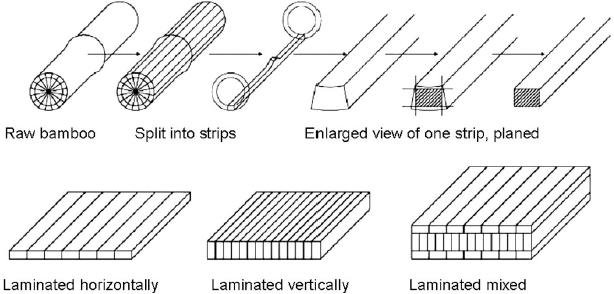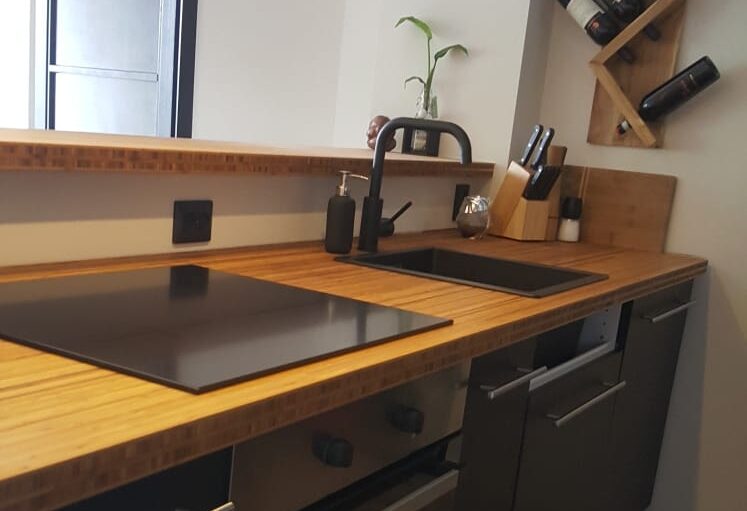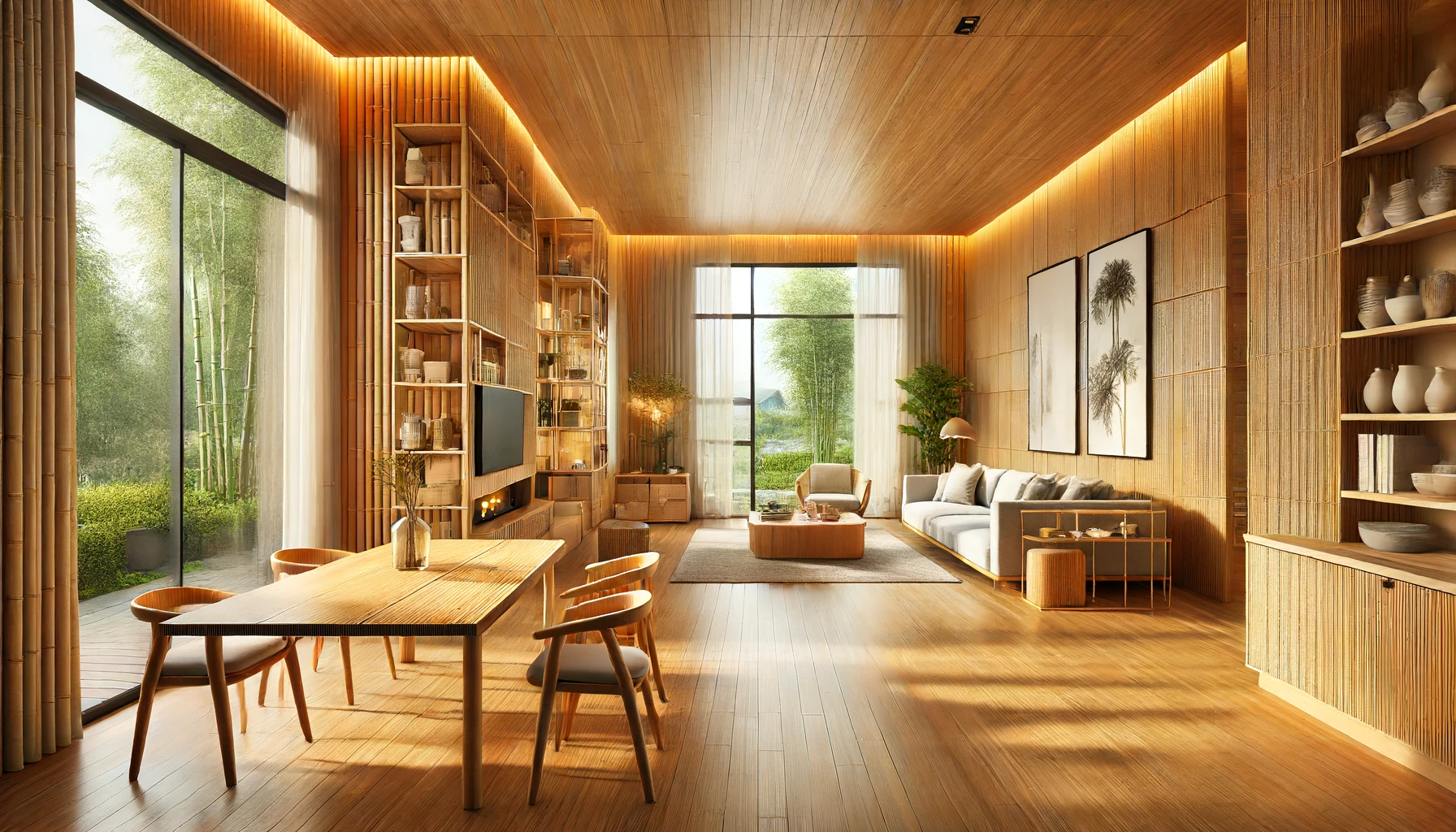The demand for sustainable building materials has surged in recent years as more people recognize the importance of eco-friendly construction practices. Among these materials, laminated bamboo lumber has emerged as a top choice for builders and homeowners alike. Known for its impressive strength and minimal environmental impact, laminated bamboo lumber combines durability with sustainability, making it an ideal material for a variety of building projects. As the world increasingly turns to green building solutions, laminated bamboo lumber stands out as a beacon of innovation and responsibility.
In this blog post, we will delve into the characteristics that make laminated bamboo lumber a superior choice. We’ll explore its durability, sustainability, and long-term benefits, providing detailed insights into why this material is gaining popularity. Whether you’re a builder, architect, or environmentally-conscious homeowner, understanding the advantages of laminated bamboo lumber can help you make informed decisions for your next project. Read on to discover how laminated bamboo lumber can meet your construction needs while supporting a healthier planet.
Understanding Laminated Bamboo Lumber

Laminated bamboo lumber, often referred to as bamboo plywood or bamboo panels, is a versatile building material crafted from thin layers of bamboo strips bonded together with adhesives. This process creates a dense, robust material that rivals traditional hardwoods in strength and durability. Unlike conventional lumber, which often involves harvesting old-growth forests, bamboo is a rapidly renewable resource, capable of regrowing to maturity within just a few years.
The manufacturing process of laminated bamboo lumber involves several steps to ensure quality and performance. Initially, bamboo culms are harvested and split into strips. These strips are then treated to remove sugars and starches, reducing the risk of pest infestation. The treated strips are then dried, laminated together under high pressure, and cut into various sizes and thicknesses to meet specific construction needs. This meticulous process results in a product that not only matches but often exceeds the performance characteristics of traditional wood.
Durability of Laminated Bamboo Lumber

One of the most compelling attributes of laminated bamboo lumber is its exceptional strength and resilience. Bamboo, by nature, is incredibly strong, with a tensile strength comparable to steel. When processed into laminated form, it retains this inherent strength while gaining additional stability through the lamination process. This makes laminated bamboo lumber an excellent choice for structural applications, flooring, and high-traffic areas where durability is paramount.
In terms of resistance to environmental factors, laminated bamboo lumber performs admirably. It exhibits a high resistance to moisture, which is critical in preventing warping, swelling, and rotting. Additionally, it is naturally resistant to pests such as termites and fungi, further enhancing its longevity and suitability for various climates. Numerous case studies have highlighted the successful use of laminated bamboo lumber in both residential and commercial projects, demonstrating its ability to withstand the test of time and elements.
Sustainability of Laminated Bamboo Lumber

The sustainability of laminated bamboo lumber is one of its most significant advantages. Bamboo is one of the fastest-growing plants on Earth, with some species capable of growing up to three feet in a single day. This rapid growth rate allows for frequent harvesting without depleting the resource, unlike traditional timber that can take decades to mature. Moreover, bamboo cultivation requires minimal pesticides and fertilizers, contributing to a cleaner, healthier environment.
The carbon footprint of laminated bamboo lumber is considerably lower than that of conventional hardwoods. Bamboo absorbs more carbon dioxide and releases more oxygen than most trees, making its cultivation highly beneficial for air quality. The production process for laminated bamboo lumber is also energy-efficient, further reducing its overall environmental impact. Products made from laminated bamboo lumber often meet or exceed various environmental standards and certifications, such as FSC (Forest Stewardship Council) certification, ensuring that they are sourced and manufactured responsibly.
Long-Term Benefits
The long-term benefits of laminated bamboo lumber extend beyond its initial appeal. Its longevity and low maintenance requirements make it a cost-effective choice for builders and homeowners. Unlike some traditional materials that require regular treatments and repairs, laminated bamboo lumber maintains its integrity with minimal upkeep. This not only reduces maintenance costs but also ensures that structures built with bamboo remain attractive and functional for many years.
From a financial perspective, the durability and low maintenance of laminated bamboo lumber translate into significant savings over time. The initial investment in bamboo materials is often offset by the reduced need for repairs and replacements. Additionally, the environmental benefits of using a sustainable material can enhance the value and appeal of properties, making them more attractive to eco-conscious buyers and tenants.
Applications of Laminated Bamboo Lumber

Laminated bamboo lumber is incredibly versatile and can be used in a wide range of applications. In residential settings, it is commonly used for flooring, cabinetry, and countertops, offering a sleek, modern aesthetic. Its strength and durability make it suitable for structural elements, such as beams and joists, providing both functional and visual appeal.
In commercial and industrial contexts, laminated bamboo lumber is gaining traction for its robustness and eco-friendly credentials. It is used in the construction of offices, retail spaces, and public buildings, where its sustainable profile aligns with corporate responsibility goals. Additionally, architects and designers are continually finding innovative uses for laminated bamboo, such as in furniture, decorative panels, and even in the creation of sustainable urban infrastructures.
Conclusion
Laminated bamboo lumber represents the perfect fusion of durability and sustainability, making it an excellent choice for modern construction needs. Its strength, resilience, and eco-friendly nature provide numerous long-term benefits, from reduced maintenance costs to a lower environmental impact. As the demand for sustainable building materials continues to grow, laminated bamboo lumber is poised to play a pivotal role in shaping a greener, more sustainable future.
Considering the advantages of laminated bamboo lumber for your next building project can lead to both immediate and long-lasting benefits. At Coastal Custom Products, we are committed to providing high-quality, sustainable building materials to meet your needs. Contact us today to learn more about how laminated bamboo lumber can enhance your construction projects and contribute to a healthier planet.



